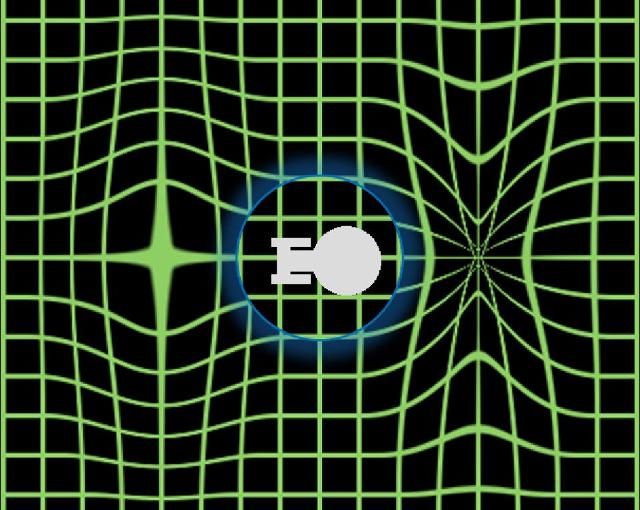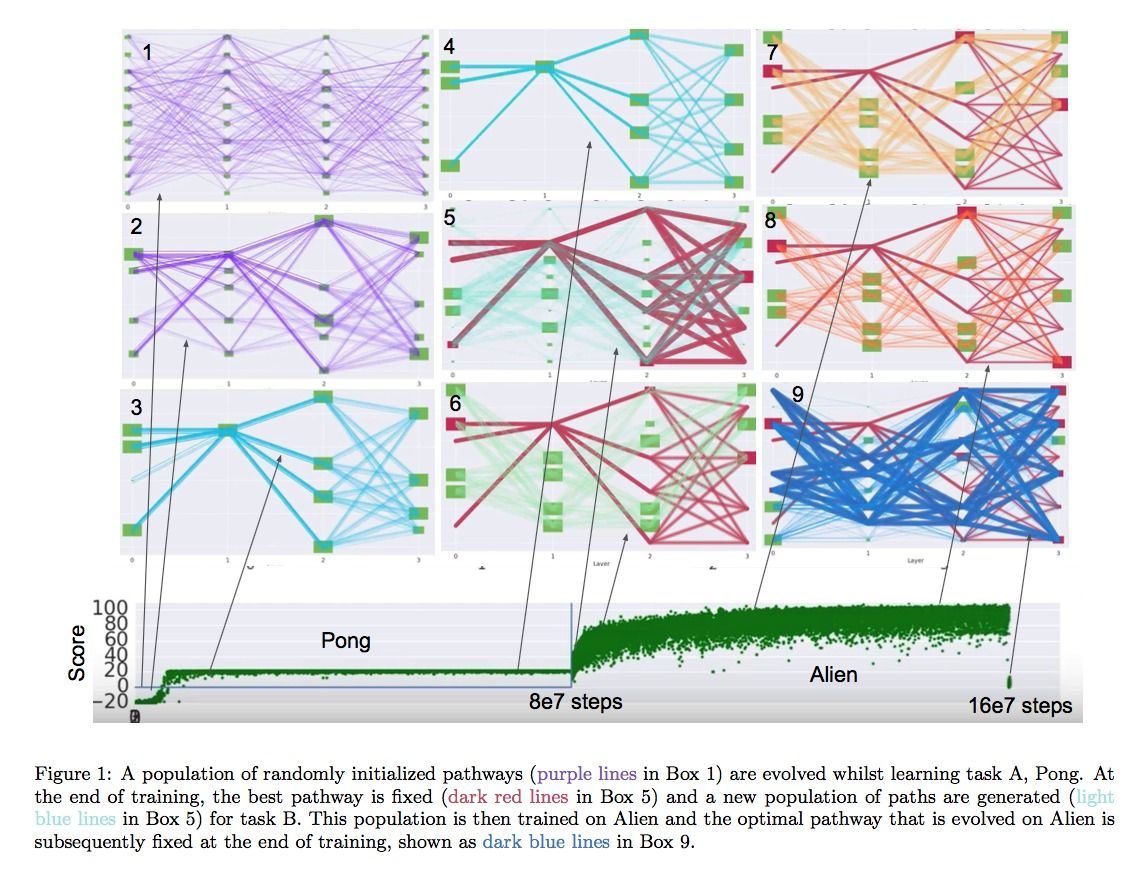Taxation and redistribution.
Bill Gates, the co-founder of Microsoft and world’s richest man, said in an interview Friday that robots that steal human jobs should pay their fair share of taxes.
“Right now, the human worker who does, say, $50,000 worth of work in a factory, that income is taxed and you get income tax, Social Security tax, all those things,” he said. “If a robot comes in to do the same thing, you’d think that we’d tax the robot at a similar level.”
Gates made the remark during an interview with Quartz. He said robot taxes could help fund projects like caring for the elderly or working with children in school. Quartz reported that European Union lawmakers considered a proposal to tax robots in the past. The law was rejected.




 For those interested in life extension and bionic / cyborg type enhancements, this CMU Robotics Institute Seminar gives an overview of the background and current developments in artificial vision. José Alain Sahel MD is a world leading ophthalmologist with a lengthy bio and numerous honors and appointments.
For those interested in life extension and bionic / cyborg type enhancements, this CMU Robotics Institute Seminar gives an overview of the background and current developments in artificial vision. José Alain Sahel MD is a world leading ophthalmologist with a lengthy bio and numerous honors and appointments.



